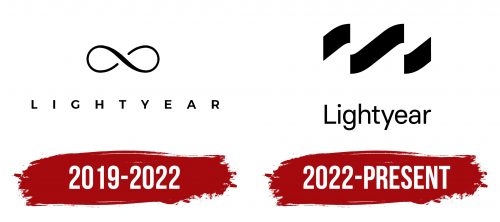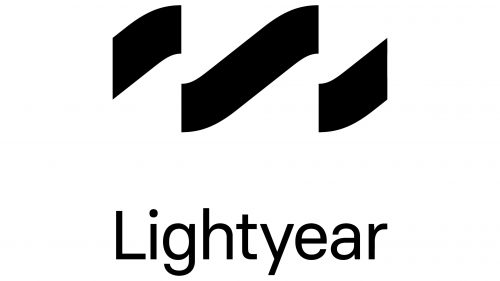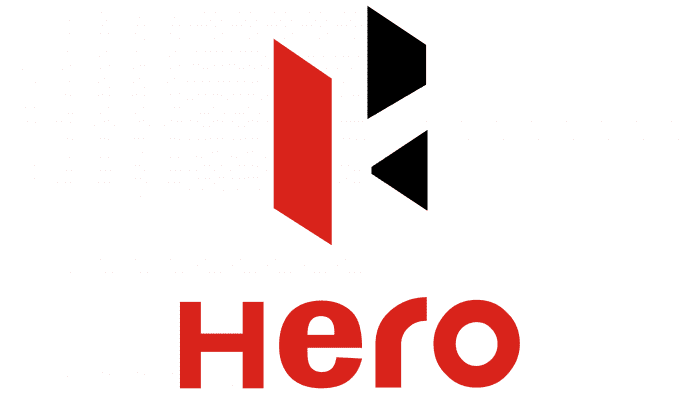The Lightyear logo is like a gentle touch, with soft rays of the sun powering the car’s engine. Future innovations are evident in the futuristic and unique symbol. The brand marks its first footprint in the history of alternative energy for vehicles.
Lightyear: Brand overview
Lightyear emerged in 2016, founded by five innovative graduates from the Eindhoven University of Technology: Arjo van der Ham, Koen van Ham, Lex Hoefsloot, Martijn Lammers, and Qurein Biewenga. This Dutch automotive company took root in the success of the Stella solar car project by Solar Team Eindhoven. Fueled by their shared passion for sustainable mobility, they set out to commercialize solar vehicle technology.
In 2017, the company began developing the prototype of its first car, Lightyear One, collaborating with the Dutch research center TNO and several technological partners. The concept for Lightyear One, which was unveiled in 2018, showcased an electric vehicle with an extended range thanks to integrated solar panels.
By 2019, a successful crowdfunding campaign and further investments accelerated the development and production of Lightyear One. The company started building its manufacturing facility in Helmond, Netherlands. Despite the global challenges of the COVID-19 pandemic, the company pressed on with road tests in 2020 and aimed to begin production in 2021. The final version of Lightyear One was presented, with pre-orders opening and production commencing at the Helmond plant.
In 2022, the first customers received their Lightyear One vehicles. The company continued to advance solar panel and battery technologies while expanding production capacity. Strategic partnerships with automotive component manufacturers, tech companies, and research institutes bolstered its growth.
The company aims to revolutionize sustainable mobility by creating efficient, eco-friendly, and user-friendly solar electric vehicles. By integrating solar cells directly into the car, the company aims to minimize dependence on charging infrastructure, enhancing the range and autonomy of electric vehicles. Plans are already in motion for Lightyear Two, an affordable and mass-market version of its solar EV technology.
Navigating the competitive electric vehicle sector, the company faces challenges like securing funding, scaling production, and overcoming technical barriers related to solar technology. The company’s innovative strides and significant industry support position it as a potential leader in solar electric vehicle technologies.
The company’s pioneering approach and dedication to sustainable mobility have earned international recognition and numerous awards, highlighting its potential to transform the automotive industry towards a cleaner and more sustainable future.
Meaning and History
What is Lightyear?
Lightyear is an innovative Dutch automotive company that designs and builds solar-powered electric vehicles. With a strong focus on sustainability and cutting-edge technology, Lightyear aims to develop energy-efficient cars that minimize dependence on conventional charging methods.
2019 – 2022
The young brand Lightyear chose the infinity symbol for its first logo. This choice reflects the closed-loop concept, symbolizing continuous energy replenishment. The car uses solar energy, eliminating the need for additional power sources. Once the engine is started, the owner activates an endless cycle of charging and discharging, continuing without needing to plug into the grid.
Below the symbol is the brand name, consisting of two words — “Light” and “year.” This name emphasizes the idea of endless journeys powered by sunlight. The brand focuses on the sustainability and eco-friendliness of its technologies, which is reflected in the name and symbolism.
The wide spacing between the letters in the name creates a sense of freedom and lightness, aligning with the brand’s philosophy of creating cars that offer owners unlimited possibilities.
2022 – today
The brand updated its symbol when the first cars hit the market in 2022. The new design features three slightly wavy black lines, each representing solar rays. Panels installed on the car’s surface harness these rays, highlighting the company’s focus on eco-friendliness and innovation.
The company’s name is presented simply and concisely, reflecting the goal of creating an affordable version of the car for a broader range of consumers. Compared to the previous version, the new model offers a more economical and appealing solution for those who value modern technology and sustainability.






